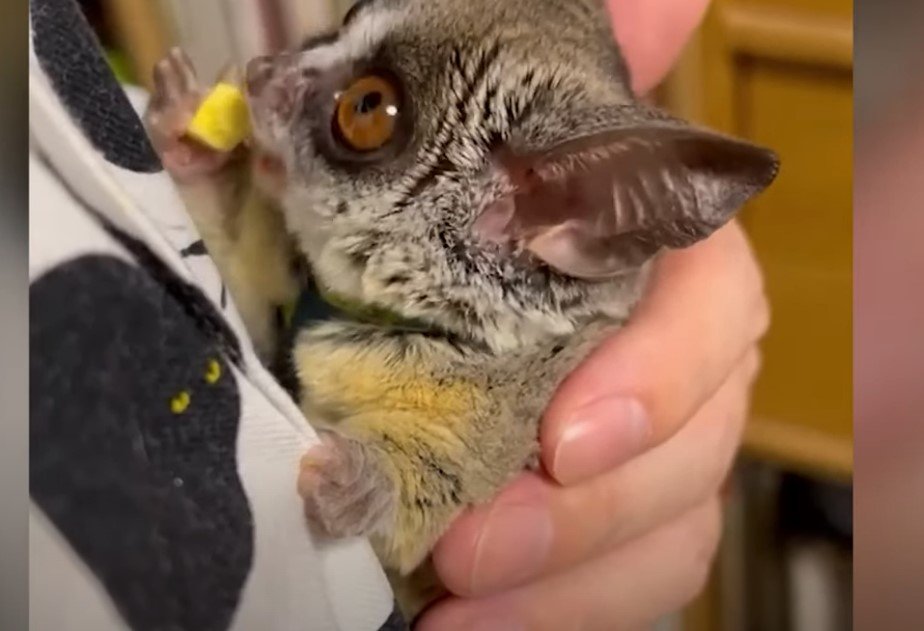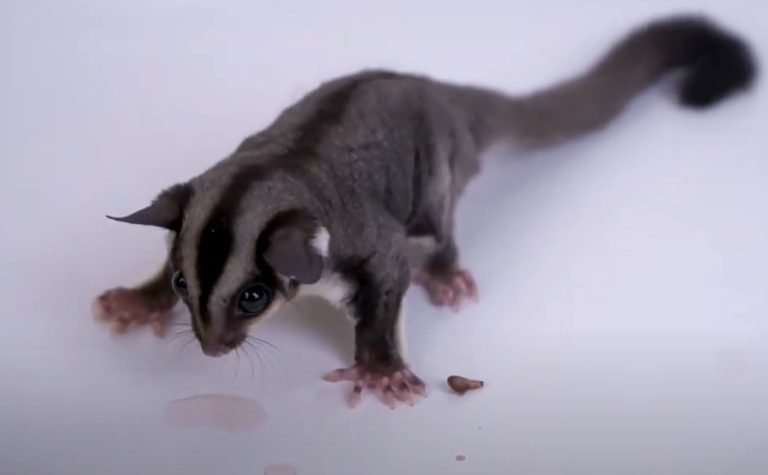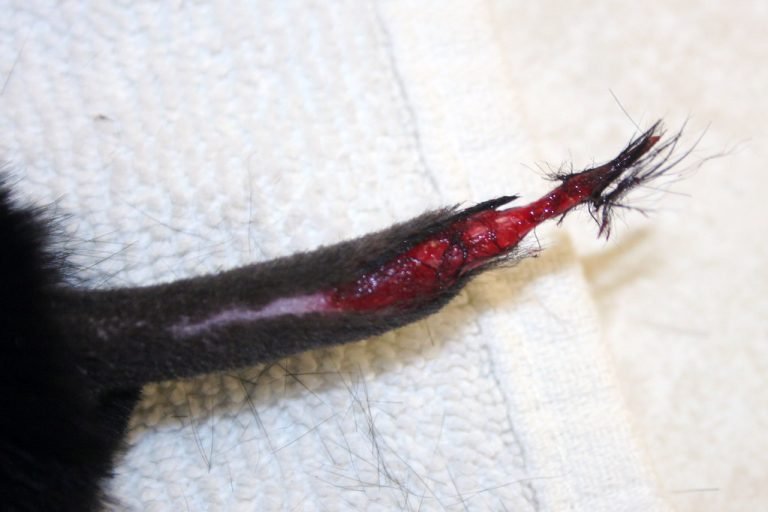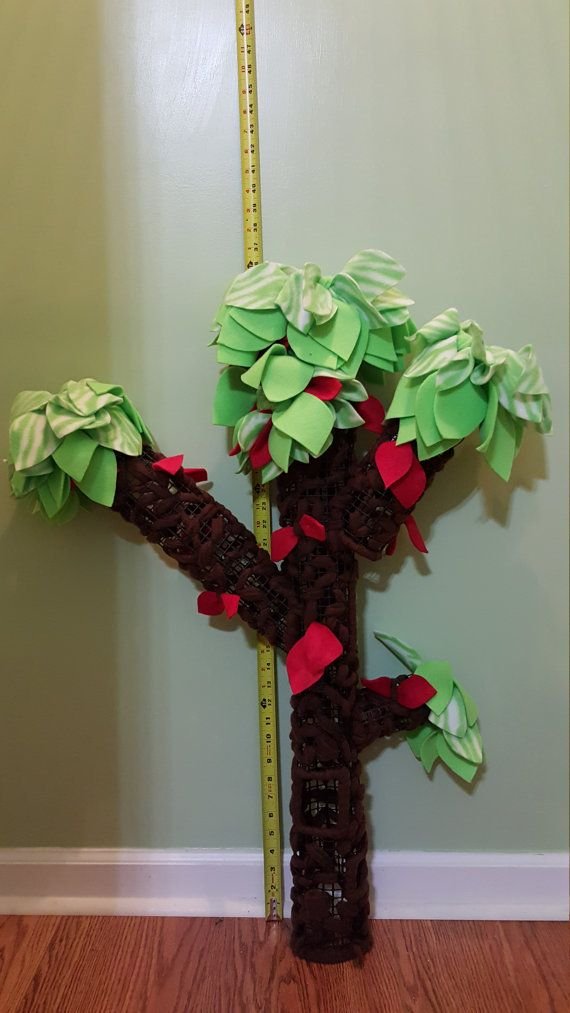What Temperature Do Sugar Gliders Like
What Temperature Do Sugar Gliders Like?
Sugar gliders are fascinating and adorable pets, known for their unique ability to glide through the air. These small marsupials are native to Australia and Indonesia and have become increasingly popular as pets in recent years. If you are considering getting a sugar glider as a pet, it’s important to understand their needs and provide them with a suitable environment. One crucial aspect of their well-being is maintaining the right temperature. In this article, we will explore the temperature preferences of sugar gliders and offer some tips on how to create an optimal living environment for these amazing creatures.
The ideal temperature for sugar gliders is between 70-75 degrees Fahrenheit (21-24 degrees Celsius). It’s important to note that sugar gliders are adaptable animals and can tolerate a certain range of temperatures. However, maintaining the recommended temperature range is crucial for their overall health and well-being. Temperatures that are too low or too high can lead to stress, illness, or even death.
In order to provide a comfortable environment for your sugar gliders, it’s essential to understand their natural habitat and how they regulate their body temperature in the wild. Sugar gliders are native to tropical and subtropical regions, where the temperature remains relatively stable throughout the year. They have a higher metabolic rate compared to other small mammals, which helps them generate body heat and stay warm. However, they are also susceptible to heat stress, especially in hot and humid climates.

Creating the Right Temperature
To ensure that your sugar gliders are kept in a suitable temperature range, there are several steps you can take:
1. Temperature Monitoring
Use a reliable digital thermometer to monitor the temperature in your sugar gliders’ habitat. Place the thermometer at a level where the gliders spend most of their time, such as the middle of the cage. Monitor the temperature regularly and make adjustments if necessary.
2. Room Temperature
Keep the room where your sugar gliders are housed at a comfortable temperature. Avoid exposing them to drafts, direct sunlight, or extreme temperatures. Make sure the room is well-ventilated to maintain proper airflow.
3. Heating and Cooling
During colder months, you may need to provide supplemental heating to maintain the optimal temperature. Use a space heater or a heat lamp, but make sure to position it safely and avoid direct contact with the gliders or their enclosure. Conversely, if the temperature rises above the recommended range, consider using fans or air conditioning to cool down the room.
4. Humidity Control
Sugar gliders are sensitive to high humidity levels, which can affect their ability to regulate body temperature. Ideally, the humidity should be kept between 40-60%. Use a hygrometer to measure the humidity levels and consider using a dehumidifier or a humidifier to maintain the appropriate level.
5. Insulation
The gliders’ enclosure should be well-insulated to maintain a stable temperature. Use materials such as fleece or other warm bedding to create a cozy and comfortable environment. Ensure that the enclosure is free from drafts and consider using insulation panels if necessary.
Frequently Asked Questions
Q: What happens if the temperature is too low?
If the temperature drops below the recommended range, sugar gliders can become lethargic, hibernate-like, or even go into a state of torpor. Prolonged exposure to low temperatures can be dangerous and potentially fatal for these small marsupials.
Q: Can sugar gliders tolerate high temperatures?
While sugar gliders can tolerate higher temperatures, prolonged exposure to extreme heat can be detrimental to their health. Heat stress can lead to dehydration, loss of appetite, lethargy, and even heatstroke.
Q: Can I use a heat rock or pad for my sugar gliders?
It’s not recommended to use heat rocks or pads for sugar gliders because they can potentially cause burns or overheating. It’s best to use heat lamps or space heaters to maintain the temperature in their environment.
Final Thoughts
Creating and maintaining the right temperature for your sugar gliders is essential for their overall health and well-being. Remember to monitor the temperature regularly, provide heating or cooling if necessary, and ensure proper insulation and ventilation. By creating a comfortable and suitable environment, you can help your sugar gliders thrive and enjoy their lives as happy and healthy pets. Always consult with a veterinarian who specializes in exotic pets for any specific concerns or questions regarding the care of your sugar gliders.






